Description
Zinc Phosphide: A Lethal Rodenticide
Introduction
Zinc phosphide is a highly toxic chemical compound used primarily as a rodenticide to control populations of rats, mice, and other pests. It is known for its effectiveness in killing rodents quickly by releasing deadly phosphine gas upon contact with stomach acid. While useful in pest control, zinc phosphide is also dangerous to humans, domestic animals, and wildlife if ingested or inhaled, making it a critical concern for accidental poisonings.
Source and Occurrence
Zinc phosphide is a dark, grey-black powder or crystalline substance. It is not naturally occurring and must be synthesized through the reaction of zinc metal with phosphorus vapor. It is commonly incorporated into baits used to exterminate rodents. The compound is favored due to its efficacy, but it requires careful handling due to its toxicity.
Mechanism of Action
Once ingested, zinc phosphide reacts with the stomach’s acidic environment to produce phosphine gas (PH₃). Phosphine is a highly toxic gas that interferes with cellular respiration, primarily by inhibiting cytochrome oxidase, a critical enzyme in the mitochondrial electron transport chain. This leads to a disruption in energy production at the cellular level, ultimately causing cell death.
Phosphine gas rapidly affects major organs such as the heart, lungs, liver, and kidneys. In rodents, death typically occurs within hours of ingestion, making it a fast-acting poison.
Symptoms of Poisoning in Humans
Accidental or deliberate ingestion of zinc phosphide by humans can lead to severe poisoning. The symptoms are primarily caused by the release of phosphine gas and include:
- Nausea and vomiting
- Abdominal pain
- Diarrhea
- Difficulty breathing
- Dizziness and confusion
- Cardiac arrhythmias (irregular heartbeats)
- Liver and kidney damage
- Shock
- Convulsions
In severe cases, poisoning can result in death within 24–48 hours due to multiple organ failure.
Lethal Dose and Time to Kill
For humans, the LD50 (lethal dose for 50% of the population) of zinc phosphide is around 20–40 mg/kg of body weight, although individual sensitivity may vary. The onset of symptoms typically occurs within 30 minutes to a few hours after ingestion, depending on the amount consumed. Death can occur within 24 to 48 hours after exposure if medical intervention is not provided.
Treatment
There is no specific antidote for zinc phosphide poisoning. Treatment focuses on reducing phosphine gas production in the stomach and providing supportive care. Early intervention is crucial, and common treatments include:
- Gastric lavage: To remove any remaining zinc phosphide from the stomach.
- Activated charcoal: Administered to prevent further absorption of the poison.
- Magnesium sulfate: To neutralize stomach acid and reduce the production of phosphine gas.
- Supportive care: Such as intravenous fluids, oxygen therapy, and medications to stabilize heart function and prevent organ damage.
Detection in Autopsy
Zinc phosphide is detectable in biological samples, such as blood, urine, and stomach contents, using chemical analysis. The presence of phosphine gas can be identified in tissues and fluids, particularly in cases where the victim has been exposed to high doses. Gas chromatography is often used to confirm the presence of phosphine.
Use in Rodent Control
Zinc phosphide is widely used in agricultural settings to control rodent populations. It is often mixed with food baits to attract pests, where it works effectively within hours of consumption. Due to its toxicity, it is typically restricted to use by licensed professionals to avoid accidental poisoning of humans, pets, and non-target wildlife.
Risks to Non-Target Species
Accidental ingestion of zinc phosphide baits by domestic animals, birds, and other wildlife can lead to poisoning. Dogs and cats are particularly at risk due to their tendency to scavenge for food. Secondary poisoning can also occur when scavengers or predators consume rodents that have ingested the poison.
Conclusion
Zinc phosphide is a potent and effective rodenticide, but its toxic nature requires careful use and handling to prevent accidental poisonings. Understanding its mechanism of action, symptoms, and treatment options is crucial for mitigating the risks associated with its use.

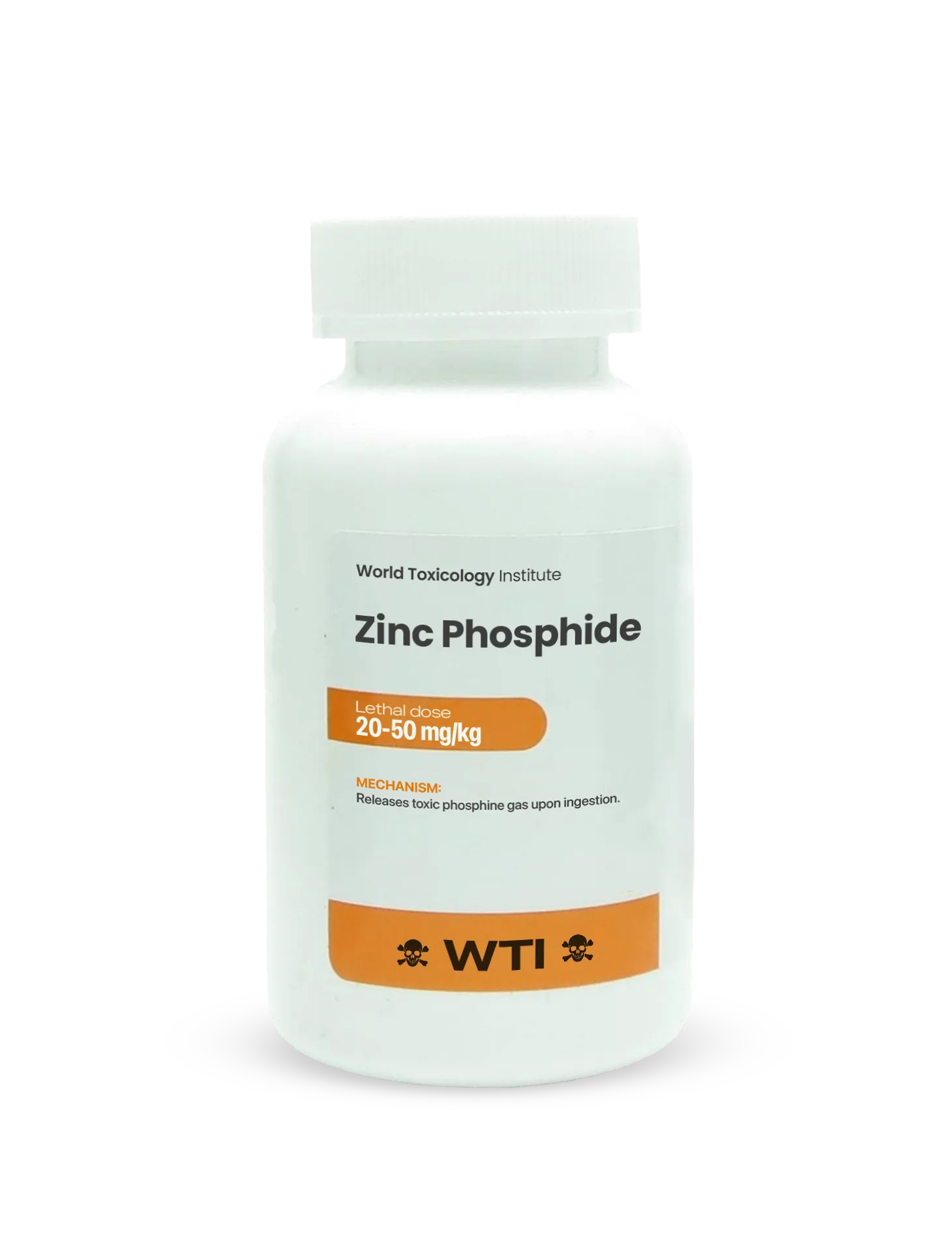

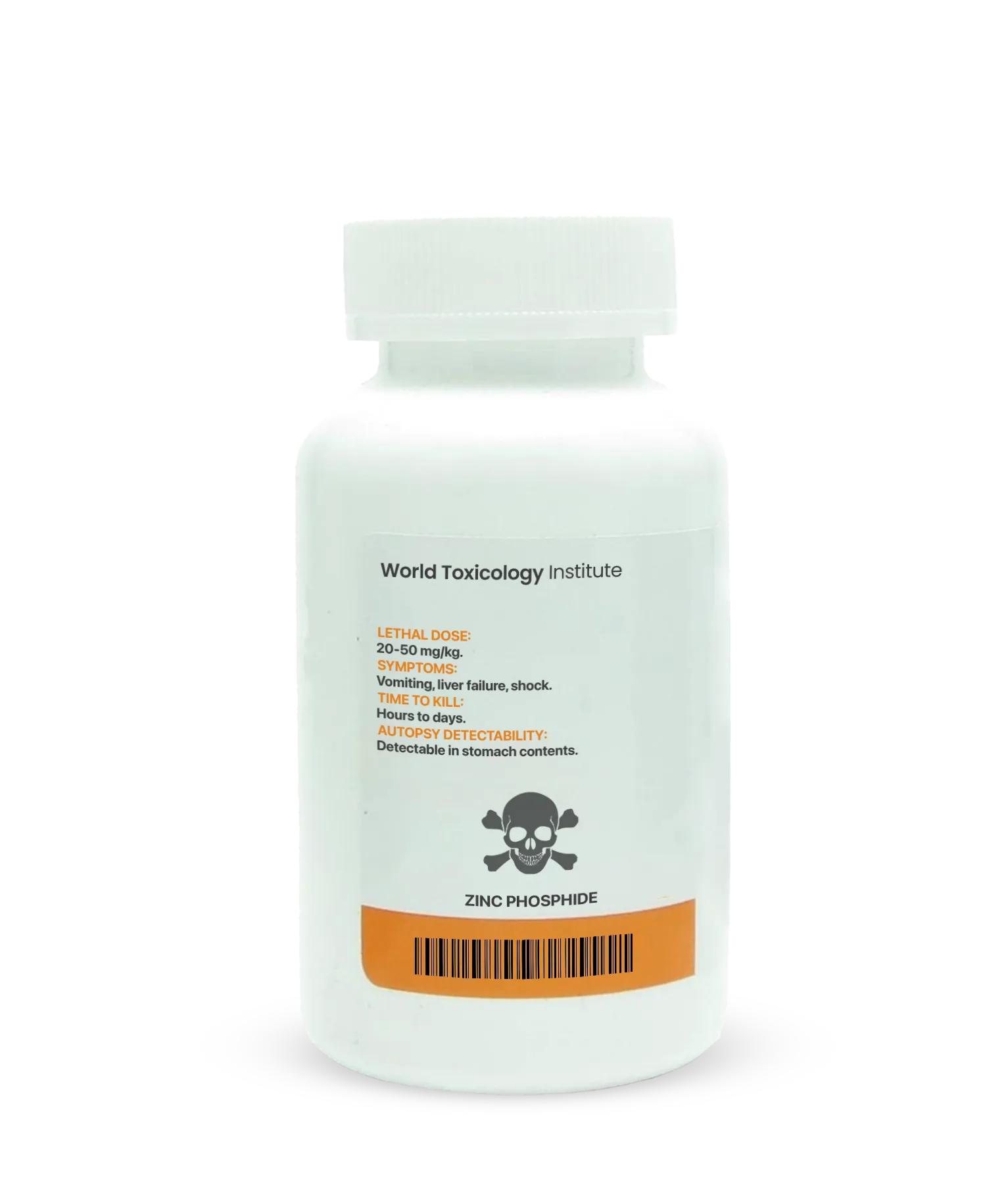
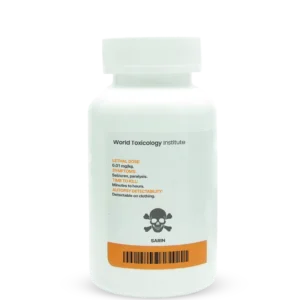
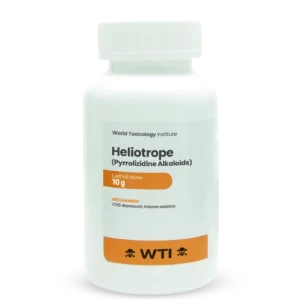
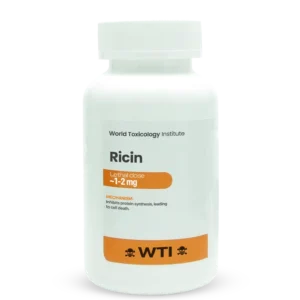
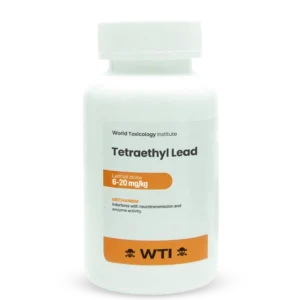
Reviews
There are no reviews yet.